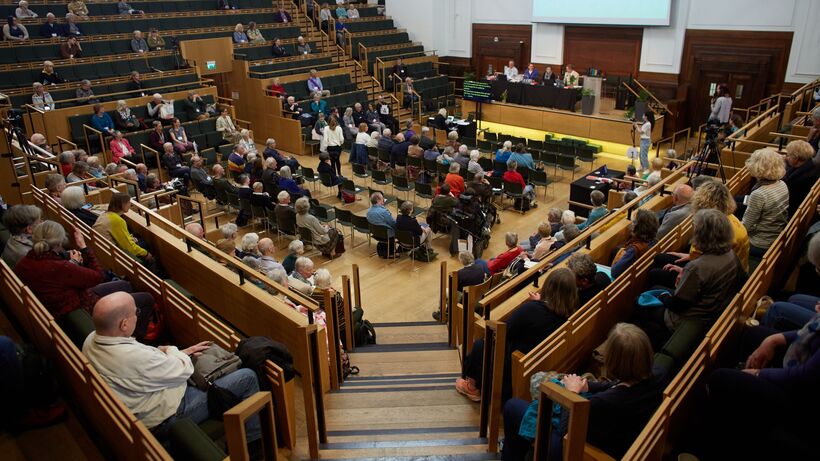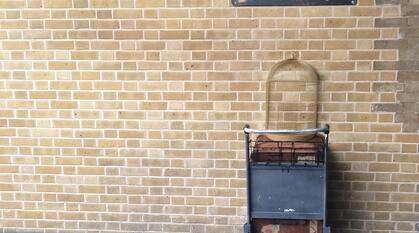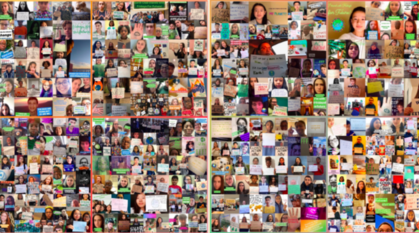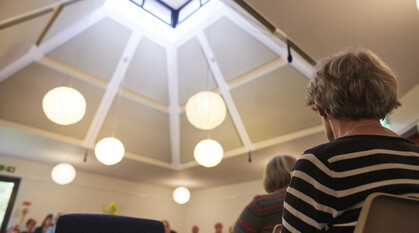Meeting for Sufferings: a changing body for changing times
Former Yearly Meeting Clerk Chris Skidmore reflects on Quaker history and its influence on our current structures.

At Yearly Meeting 2024 Friends will be asked to consider whether to make significant changes to our structures for corporate decision making. Part of the proposal is to lay down Meeting for Sufferings and instead to hold Yearly Meeting sessions four times a year. These continuing Yearly Meeting sessions would be open to all Friends, as well as involving representatives from Area Meetings.
Meeting for Sufferings was founded in 1675 and apart from Yearly Meeting itself, it is the only part of our Quaker structures that we can trace back to the Society's earliest days. But how close is the 21st century Meeting for Sufferings to its roots, and is a lengthy historical pedigree the most important thing for our contemporary structures?
A coordinating and lobbying role
Modern Friends have an interestingly ambiguous attitude to their history. While we pride ourselves in being able to respond to changing circumstances, to live adventurously and to discern new Light and act upon it, we have also, at least since the late 19th century, looked back on our forerunners in the late 17th century as representing a purer, more vibrant faith which we fear may no longer be possible. We therefore respect our ancient institutional survivals without asking, perhaps too critically, whether they are still fit for purpose.
While it is true that there has been an entity called 'Meeting for Sufferings' as part of our organisation since 1675 it is a very different body from that known by early Friends. The original Sufferings was chiefly a lobbying body, interacting with the powerful in parliament and the judiciary in order to gain their help in modifying the effects of legislation on the Society.
As well as working to release those imprisoned for their faith, the Meeting also coordinated efforts to release Friends held to ransom by pirates and those trying to recover from disasters such as fires. The members were largely wealthy London Friends (entirely men) who met weekly to coordinate their efforts. Arguably their greatest triumph was steering through parliament the series of Affirmation Acts which gave Quakers access to the law without using oaths.
Becoming a representative body
Particular pieces of work were hived off to subcommittees through the 18th and early 19th centuries, including the work on slavery. The19th century also saw the growth of independent committees and associations, the Peace Committee being a notable example. The biggest change was caused by the railways when from 1856 Meeting for Sufferings became an appointed representative body involving Friends (still all men) from across the country and taking on the responsibilities of the Yearly Meeting between annual sessions.
The 20th century gradually saw all the work associated with the Yearly Meeting being brought together under its formal umbrella until in 1965 all standing committees became sub-committees of Meeting for Sufferings. In 1974 all Yearly Meeting staff became employees of Meeting for Sufferings, which thus became the trustee body for the Society.
Developing a long-term vision
The Yearly Meeting instituted trustees for the central work in 2006. Rather than being laid down, Meeting for Sufferings then went through a further transformation and was charged with developing a long-term vision for the Yearly Meeting. At the same time it retained many of the roles it had accrued in the previous century. This has brought us to the current situation and the proposal finally to lay down Meeting for Sufferings alongside all the other committees our 17th century forebears would have known.
The reasoning behind the proposal is set out in a report (PDF) that went to Meeting for Sufferings in March 2022. It is clear that the laying down of Meeting for Sufferings would be an emotional loss for some Friends and we should acknowledge that. However, above all we need structures that work for our lives as Quakers today.
As we are reminded in Quaker faith & practice 8.23: "Each generation of Friends has been faced with a structure in some respects untidy… our continual task is to ensure that our structures are in harmony with the changing tides of life in Britain Yearly Meeting."
Read more:


